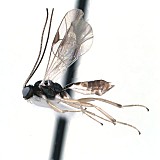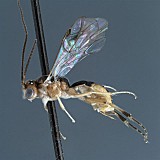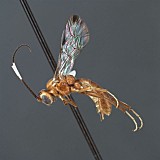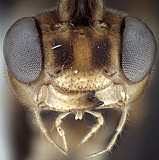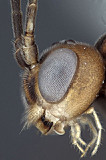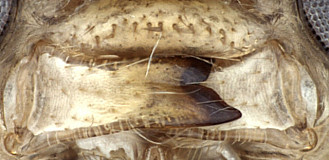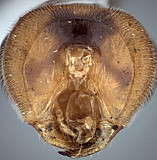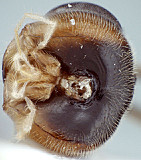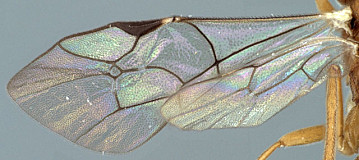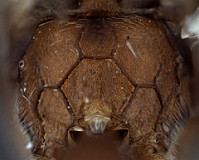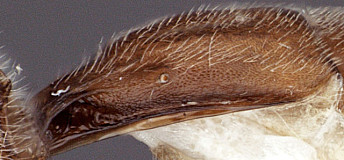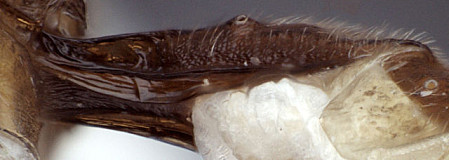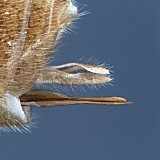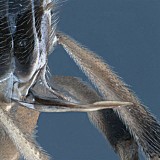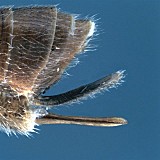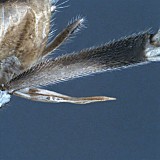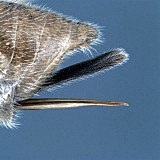Laphyroscopus Foerster, 1869: 197. Type species: Tryphon gorskii Ratzeburg [a junior subjective synonym of Lathrolestes luteolator (Gravenhorst)]. By subsequent designation of Viereck (1914: 87) (as type species of Luphyroscopus). Synonymized by Perkins (1962).
Homalomma Foerster, 1869: 198. Type species: Homalomma caliroae Rohwer. By subsequent inclusion and designation of Rohwer (1915: 218). Synonymized by Townes (1945: 502).
Ecclinops Foerster, 1869: 201. Type species: Tryphon orbitalis Gravenhorst. By subsequent designation of Viereck (1914: 49). Synonymized by Townes (1945: 502).
Camporychus Foerster, 1869: 208. Type species: Lathrolestus marginatus Thomson. By subsequent designation of Townes (1970: 99). Synonymized by Townes (1970: 99).
Luphyroscopus Thomson, 1883: 915. Unjustified emendation.
Lathrolestus Thomson, 1883: 916. Unjustified emendation.
Tryphonopsis Brauns, 1898: 62. Type species: Tryphonopsis ensator Brauns. Monobasic. Synonymized by Roman (1910).
Ritzembosia Smits van Burgst, 1912: 260. Type species: Ritzembosia meridionalis Smits van Burgst. Monobasic. Synonymized by Townes (1970: 100).
Culmina Benoit, 1955: 32. Type species: Culmina ruwenzorica Benoit. Original designation. Synonymized by Townes (1970: 100).

